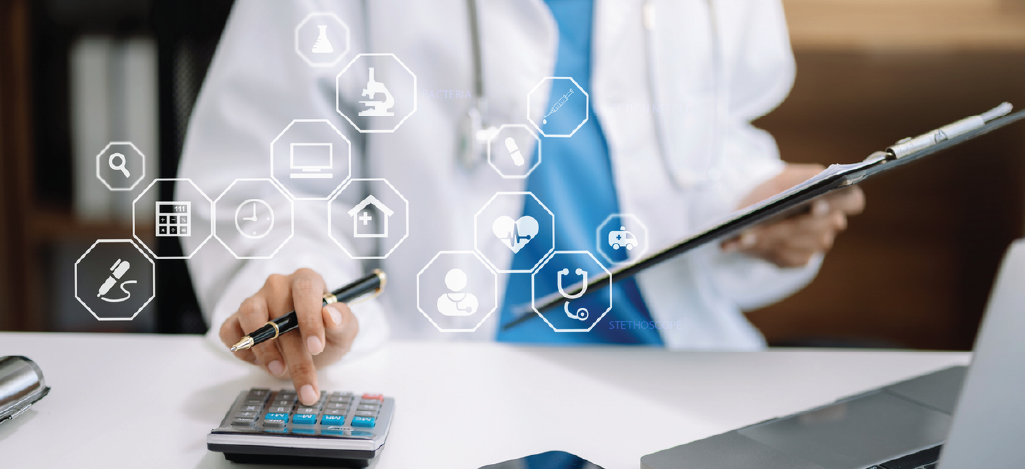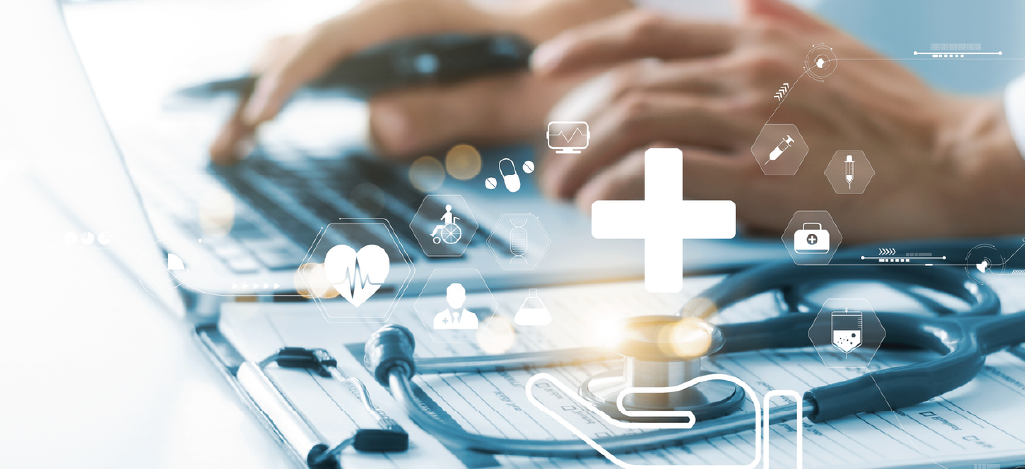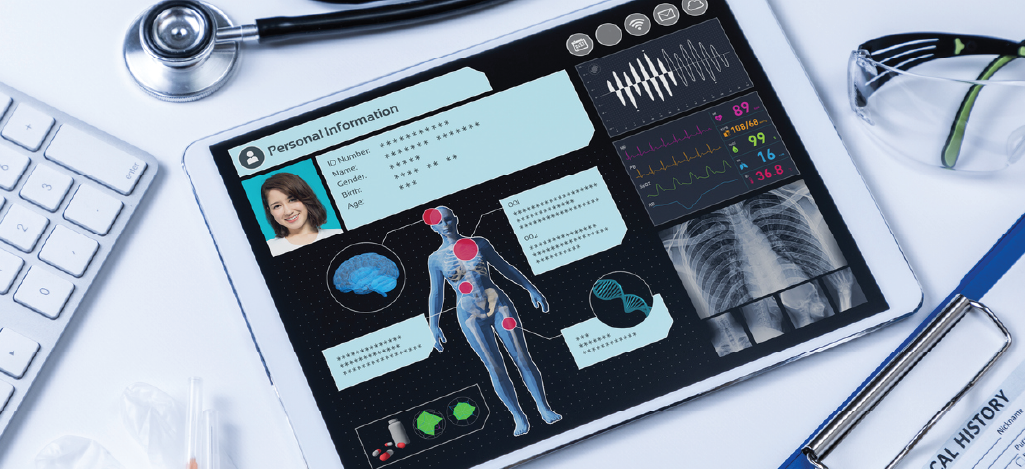Discover the ins and outs of charge capture with this comprehensive guide.
Charge capture is a crucial process in the healthcare industry that plays a significant role in ensuring the accurate and efficient collection of revenue. In this comprehensive guide, we will delve into the various aspects of charge capture, including its definition, importance, key components, process, technology, and best practices.
Understanding the Basics of

Charge capture refers to the process of accurately documenting and recording services and procedures provided to patients in a healthcare setting. It involves capturing details such as the type of service, the healthcare professional who provided it, the patient's information, and any related charges.
This is an integral part of the healthcare system, ensuring that healthcare providers receive proper compensation for the services they provide. It plays a crucial role in optimizing the revenue cycle, minimizing revenue leakage, and complying with insurance and regulatory requirements.
But why is it so important in healthcare? Let's delve deeper into its significance.
The Importance of Charge Capture in Healthcare
Charge capture is essential for healthcare providers as it ensures the proper billing and reimbursement for the services they provide. By accurately capturing charges, healthcare organizations can optimize their revenue cycle, minimize revenue leakage, and comply with insurance and regulatory requirements.
Accurate capturing also helps in tracking patient care, providing accurate documentation, and improving overall patient safety. When charges are properly recorded, it becomes easier to monitor the services provided to patients, ensuring that they receive the appropriate care and treatment.
Moreover, it plays a crucial role in providing accurate documentation. Complete and detailed documentation is not only important for billing purposes but also for legal and compliance reasons. It helps healthcare organizations maintain a comprehensive record of the services rendered, which can be useful in case of audits or legal disputes.
Additionally, charge capture contributes to improving overall patient safety. By accurately documenting the services provided, healthcare professionals can ensure that patients receive the correct treatments and medications. This helps prevent errors and ensures that patients are receiving the appropriate care for their specific conditions.
Key Components
Charge capture consists of several key components that work together to streamline the process and enhance accuracy. These include:
- The charge capture workflow, which involves identifying chargeable services, recording and submitting charges, and reviewing and reconciling them.
- The charge capture system, which can be manual or automated, and plays a crucial role in documenting and tracking charges.
- The charge capture team, which may include healthcare professionals, coders, and billing staff, who collaborate to ensure accurate capture and billing.
The charge capture workflow is a systematic approach that ensures all chargeable services are identified and properly recorded. It starts with healthcare professionals identifying the services provided to patients and documenting them accurately. These charges are then submitted to the billing department for further processing.
The charge capture system, whether manual or automated, is a vital tool in the process. It helps in documenting and tracking charges, ensuring that no charges are missed or overlooked. Manual systems may involve paper-based forms or spreadsheets, while automated systems utilize electronic health records (EHR) or specialized charge capture software.
The charge capture team is responsible for ensuring accurate charge capture and billing. This team may consist of healthcare professionals, coders, and billing staff who work together to review and reconcile charges. They collaborate to ensure that all charges are accurately captured, properly coded, and billed to the appropriate payers.
In conclusion, charge capture is a critical process in healthcare that involves accurately documenting and recording services provided to patients. It plays a vital role in optimizing revenue, complying with regulations, and improving patient safety. Understanding the basics of charge capture and its key components is essential for healthcare providers to ensure efficient and accurate billing practices.
The Process
The process of charge capture is a vital component of healthcare revenue management. It involves identifying, recording, and submitting chargeable services for billing. This ensures that healthcare providers receive appropriate reimbursement for the services they provide. Let's take a closer look at the different steps involved in the process.
Identifying Chargeable Services
The first step in charge capture is identifying the services rendered that are billable. This requires clear and accurate documentation by the healthcare professionals involved in the patient's care. It is crucial to capture all the relevant services performed during a patient visit, including consultations, procedures, tests, medication administration, and any other chargeable activities.
Accurate documentation is essential not only for billing purposes but also for patient care coordination and quality improvement. It ensures that all services provided are properly recorded, allowing for accurate coding and billing.
Recording and Submitting Charges
Once the chargeable services are identified, they need to be documented and submitted for billing. Healthcare providers can use various methods to record charges, ranging from paper-based forms to electronic charge capture systems.
Electronic charge capture systems have become increasingly popular due to their efficiency and accuracy. These systems allow healthcare professionals to enter charges directly into an electronic platform, eliminating the need for manual data entry and reducing the risk of errors. They also provide real-time access to charge information, facilitating timely billing and revenue cycle management.
Regardless of the method used, it is essential to ensure the accuracy and completeness of the charge information. Any missing or incorrect data can lead to revenue loss and potential compliance issues.
Reviewing and Reconciling Charges
After charges are submitted, it is crucial to review and reconcile them to identify any discrepancies or errors. This step involves cross-checking the charges against the documentation and verifying that the services provided align with the charges billed.
Regular audits and reconciliation processes are necessary to ensure compliance, prevent revenue leakage, and resolve any billing disputes. These audits may involve comparing the charges to the medical records, verifying the accuracy of coding, and ensuring that the charges are in line with the payer's guidelines and regulations.
By conducting regular reviews and reconciliations, healthcare organizations can identify and address any issues promptly, improving revenue integrity and minimizing the risk of financial losses.
In conclusion, charge capture is a critical process in healthcare revenue management. It involves identifying, recording, and submitting chargeable services for billing. Accurate documentation, proper charge recording, and regular reviews are essential to ensure compliance, maximize revenue, and provide quality patient care.
The Role of Technology

The role of technology in charge capture cannot be overstated. It has revolutionized the entire process, making it more efficient, accurate, and convenient for healthcare providers. One of the most significant advancements in charge capture technology is the introduction of electronic charge capture systems.
Electronic Charge Capture Systems
Electronic systems have completely replaced manual methods, offering healthcare providers a seamless and digitized solution. These systems allow healthcare providers to capture charges digitally, eliminating the need for paper-based documentation. By automating the process, electronic systems greatly reduce the chances of human error and ensure accurate and timely charge capture.
In addition to accuracy, electronic charge capture systems also facilitate real-time tracking, reporting, and analysis of charge data. This real-time functionality enables healthcare organizations to have a comprehensive view of their activities, allowing them to identify trends, patterns, and areas for improvement.
Benefits of Automating
The benefits of automating are numerous and far-reaching. One of the most significant advantages is the reduction in administrative burden. With automated systems, healthcare providers no longer have to spend valuable time manually documenting charges. Instead, they can focus on providing quality patient care, knowing that the charge capture process is being handled efficiently.
Streamlining workflows is another key benefit of automated charge capture. By eliminating manual processes, healthcare organizations can optimize their workflows, ensuring that charges are captured and documented in a timely manner. This streamlined approach not only improves efficiency but also enhances revenue cycle management.
Automation also minimizes the risk of missed or incorrect charges. With electronic charge capture systems, healthcare providers can capture charges at the point of care, reducing the chances of charges being overlooked or entered incorrectly. This leads to improved claim accuracy and faster billing processes, ultimately accelerating reimbursement.
Furthermore, automated systems provide valuable data insights and analytics. By capturing charges electronically, healthcare organizations can analyze their charge data to gain a deeper understanding of their revenue generation. These insights can support decision-making, identify areas for revenue optimization, and drive overall financial success.
Choosing the Right Software
When selecting a software, healthcare organizations should carefully consider their specific needs and requirements. Ease of use is a crucial factor to ensure that healthcare providers can seamlessly integrate the software into their daily workflows. The software should be intuitive and user-friendly, allowing healthcare providers to capture charges efficiently without any additional burden.
Integration capabilities with existing systems are also important. The charge capture software should seamlessly integrate with other healthcare systems, such as electronic health records (EHRs) and billing systems. This integration ensures a smooth flow of information and eliminates the need for duplicate data entry, saving time and reducing the risk of errors.
Security features are another critical consideration. Healthcare organizations deal with sensitive patient information, and it is essential to choose a charge capture software that prioritizes data security. The software should have robust security measures in place to protect patient data from unauthorized access or breaches.
Scalability is another factor to consider. As healthcare organizations grow and evolve, their needs may change. It is crucial to choose a software solution that can scale with the organization's growth and adapt to future requirements. Vendor support is also an important consideration. Healthcare organizations should choose a charge capture software vendor that offers comprehensive support and training. This ensures that healthcare providers can effectively utilize the software and maximize its benefits.
In conclusion, technology has transformed this process, offering healthcare organizations greater efficiency, accuracy, and convenience. Electronic charge capture systems have replaced manual methods, automating the documentation process and providing real-time tracking and analysis capabilities. Automating the process offers numerous benefits, including reduced administrative burden, streamlined workflows, improved claim accuracy, and valuable data insights. When choosing a software, healthcare organizations should consider factors such as ease of use, integration capabilities, security features, scalability, and vendor support to ensure a seamless and optimized process.
Best Practices for Effective Charge Capture

Regular Training and Education
Ongoing training and education are fundamental to ensuring proficient charge capture. Healthcare professionals, coders, and billing staff should receive regular updates on coding and documentation guidelines, payer requirements, and changes in regulations. Continuous education helps to reinforce best practices, improve compliance, and reduce potential revenue loss due to coding errors or documentation deficiencies.
Implementing a Charge Capture Audit
Performing regular charge capture audits is vital to identify and rectify any gaps or areas of improvement in the process. Audits help to identify billing errors, coding inconsistencies, and compliance issues. By conducting internal audits and engaging external auditors, healthcare organizations can ensure accuracy, reduce revenue leakage, and mitigate the risk of fraud or improper billing practices.
Streamlining the Charge Capture Workflow
An efficient workflow is essential for maximizing revenue and minimizing errors. Streamlining the process involves standardizing documentation practices, optimizing charge entry, improving communication among healthcare professionals, coders, and billing staff, and leveraging technology to automate manual tasks. Continuous evaluation and process improvement are key to achieving an effective and streamlined charge capture workflow.
In conclusion, charge capture is a critical component of the revenue cycle in healthcare. Understanding the basics, implementing an accurate and efficient process, leveraging technology, and following best practices can help healthcare organizations optimize revenue, improve compliance, and enhance patient care.
Going Forward with BillFlash
With BillFlash, practices can go further by optimizing their revenue cycle, efficiently collecting past-due A/R, and providing patients with a convenient and secure payment experience. With a user-friendly interface and industry experts available for all your billing, payments and collections needs, BillFlash is the perfect solution for small practices.

